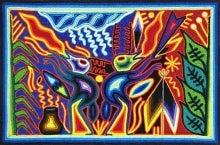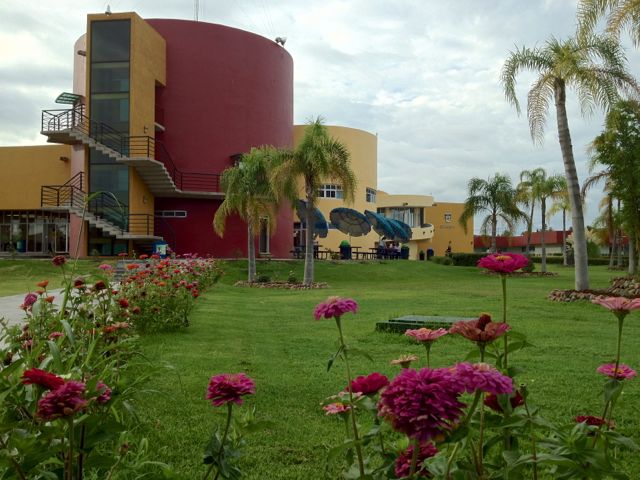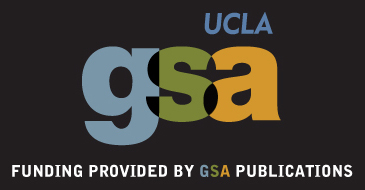Dispatch from Northern Jalisco - “Wixárika” vs. “Huichol” & Ethnographers as Brand-makers

Greetings again from Colotlán, Jalisco, Mexico. In response to a comment on my first blog post, this entry explains a little bit about the difference between the words Wixárika and Huichol that are both used to refer to the indigenous group with whom I’m studying here in Mexico. Such basic distinctions make ethnography a fraught practice from the beginning as the words we use frame a discourse about other peoples that inevitably invoke and sustain certain historical, social, and political subjectivities.
La Lengua Wixárika
First, a bit of context. My residence in Colotlán is due partly to family connections (my wife was born here) but also because it’s one of the only places in the world where the wixárika language is taught to non-native speakers. Through my Fulbright grant, I’m affiliated with the Centro Universitario del Norte (CUNorte), a regional campus of the Universidad de Guadalajara (UdeG) in Colotlán. At CUNorte, I’m lucky to be able to study Wixárika with ‘Iritemai Gabriel Pacheco Salvador who has been developing his method for teaching the language over the past few years. A large number of wixárika students study at CUNorte and the campus website even has an option to read in wixárika (making it probably one of the few universities in the world to offer its main website in translation to a Native American language).

Centro Universitario del Norte (CUNorte), part of the Universidad de Guadalajara in Colotlán, Jalisco, Mexico
Despite pedagogical developments, the Wixárika language is a major challenge for speakers of European languages. Naturally, there are no cognates that would allow you to guess some words (unless you count the rare loan words from Spanish like xupureru for sombrero or wakari for vaca). One of the first challenges is the vowel i. If you elide from an “ee” sound to a “uu,” it’s right in between. Further challenges are pluralization (seven ways, with no rule as to which is when), the importance of directional and spatial specificity, and object types. For example, saying “over there” changes depending on whether the space being referenced is flat or deep, like a mesa or valley. The equivalent of “is” changes depending on the type of object (straight, spherical, or flexible) and its position (vertical or horizontal). On top of these complexities, there are regional variations and orthographic discrepancies that developed as Wixárika became a written language over the past sixty years. Thus, one also senses a degree of power play amongst linguists as they position their own orthographic methods as the authoritative or orthodox version. This politicization of the language is also found in the very name itself...
Wixárika vs. Huichol
In my first visits to Jalisco, around ten years ago, the word wixárika was almost never heard or seen. The name for the indigenous group in northwestern Jalisco was Huichol, in both academic and popular parlance. The common explanation for this now is that Huichol came from a very early colonial misunderstanding of the word wixárika. This is debatable, but in this way a case is made that huichol is (and was) “wrong” and wixárika is and has always been the correct word. Slowly, over the past decade, the word wixárika has replaced huichol in political, academic, and (to a very limited degree) popular parlance.
The change from huichol to wixárika is not unlike the switch in the U.S. from “negro” to “black” or “African American,” except that in the U.S. that didn’t create much confusion about its meaning. The change in Mexico, however, is often a source of confusion now that a great political ruckus is afoot regarding mining concessions granted by the Mexican government in a sacred pilgrimage site of the Wixárika/Huichol people. The use of wixárika in the political response (marches, propaganda, etc.) to these mining concessions threatens to fall on deaf ears when most people in Mexico don’t know how to pronounce the word, much less that it refers to the people formerly known as Huichol. In such cases, and likewise with many music groups comprised of musicians from wixárika communities, the use of huichol still has political and market cache. Not least responsible for this name recognition is the century of ethnographic publishing and production that has utilized the moniker huichol, further embedding it conceptually in Spanish- and English-speaking lands. Within this, then, I find myself problematically embedded as I begin to write about this music and culture (in this blog, in my dissertation, and future academic work)...
Ethnography as Branding?
Pondering the word ethnography—“graphing” or inscribing of peoples or nations—sometimes makes me concerned about the larger results of what we ethnographers do versus what we think we do. The graphing of peoples conceptually forms the “subject” population for an audience (usually in far off places). Simultaneously, it tends to follow capitalistic practices for converting ideas (cultural practices such as religion or music, etc.) into commodities (books, DVDs, CDs, university courses). In this regard, I have been influenced by (and highly recommend) the books by Scott Lash and Celia Lury. See, for example, Lury’s Brands: The Logos of the Global Economy (2004), and Lash and Lury’s Global Culture Industry: The Mediation of Things (2007). (Thanks to Prof. Timothy Taylor who turned me on to these works!) These update the political economy lineage to account for the pervasive role of online and other virtual media in the construction of “virtual objects” and brands that are then “actualized” in material or other virtual forms for consumption.
Thinking of ethnography as the creation of virtual objects for actualization as commodities (tangible or intangible) should give us pause when considering the results of our work. Along these lines is Timothy Cooley’s Making Music in the Polish Tatras: Tourists, Ethnographers, and Mountain Musicians (2005) where he outlines the creation (or at least the solidification and codification) of an entire genre of music by ethnographers and aficionados. In this way, wixárika sometimes feels like the “new-and-improved” huichol virtual object, not any less pejorative in vulgar usage, and not any more enlightening in the academic context. Still, it is now the name that most Wixáritari prefer for themselves. Thus, I use it in all contexts, but usually have to add “huichol” in everyday conversations with non-academics and non-wixáritari, thus complicating or diversifying (repositioning? rebranding?) the concept for those not “in-the-know.” You, my dear readers, however, are now in-the-know as I have hopefully successfully constructed the virtual object for you to some degree. Until next time, be wary of your actualizing!





